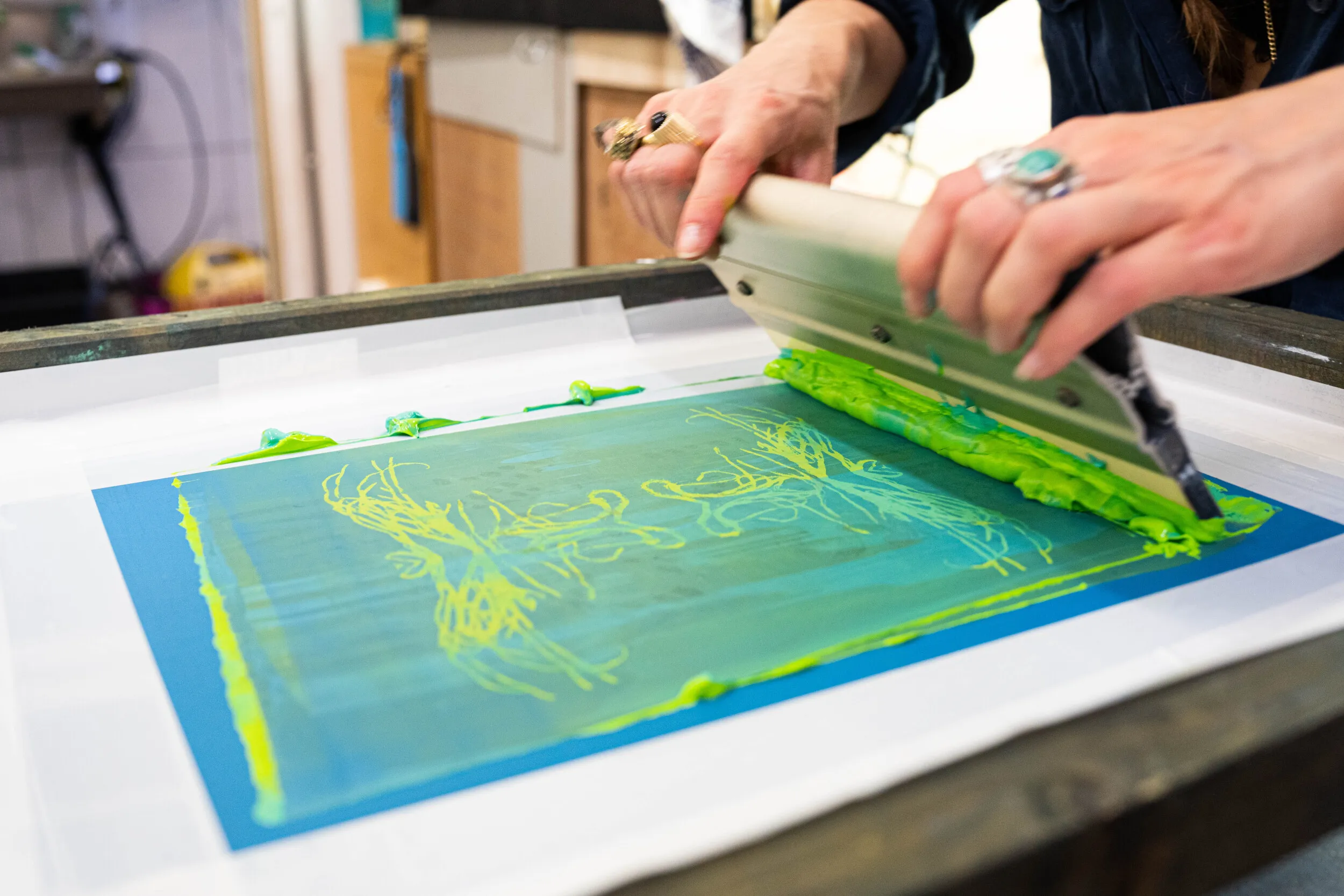The Art and Science of Screen Printing: Techniques for Success
Screen printing, also known as silk screening, is a versatile printing technique used to transfer designs onto various surfaces, including fabric, paper, and glass. The process involves creating a stencil on a mesh screen, applying ink, and using a squeegee to push the ink through the stencil onto the substrate. While the concept is straightforward, mastering the art requires attention to detail and understanding the nuances of each step. Screen printing combines creativity and precision, making it an excellent choice for artistic expression and commercial production alike.

Choosing the Right Tools and
Materials
Success in screen printing starts
with selecting the right tools and materials. The quality of your screen,
squeegee, and ink significantly impacts the final output. A fine mesh screen is
ideal for intricate designs, while a coarser mesh works well for bold graphics.
Water-based inks are eco-friendly and easy to use, while plastisol inks provide
vibrant, long-lasting results. Additionally, using high-quality fabric or
substrate ensures your prints stand out. Investing in good materials not only
simplifies the process but also enhances the quality and durability of your
prints. Blog link
https://www.pinterest.com/Shop_Strange/
Perfecting Your Stencil and
Design
Creating a precise stencil is the
backbone of screen printing. Start by designing your artwork digitally or by
hand, ensuring clean lines and clear details. Use photo emulsion to coat your
screen and let it dry in a dark environment. Place your design on the screen,
expose it to light to harden the emulsion, and wash away the unexposed areas to
reveal your stencil. The quality of your stencil determines the sharpness and
accuracy of your print, so take your time to perfect this step.
Mastering the Printing Process
The printing stage is where the
art and science of screen printing truly come together. Align your screen with
the substrate and secure it to prevent movement. Pour a small amount of ink
onto the screen and use the squeegee to spread it evenly, applying consistent
pressure. Ensure the ink fully passes through the stencil to create a crisp
design. For multi-color prints, allow each layer to dry before applying the
next to prevent smudging. Precision and patience are crucial to achieving
professional results.
Troubleshooting and Finishing
Techniques
Even experienced screen printers
encounter challenges, such as ink bleeding, uneven prints, or clogged screens.
Address these by maintaining proper screen tension, cleaning your tools
thoroughly, and using the correct ink consistency. Once the printing is
complete, heat set your designs to improve durability, especially on fabric.
This step ensures your prints withstand washing and wear. By continually
refining your techniques and troubleshooting issues, you’ll elevate your screen
printing skills and produce stunning results every time.